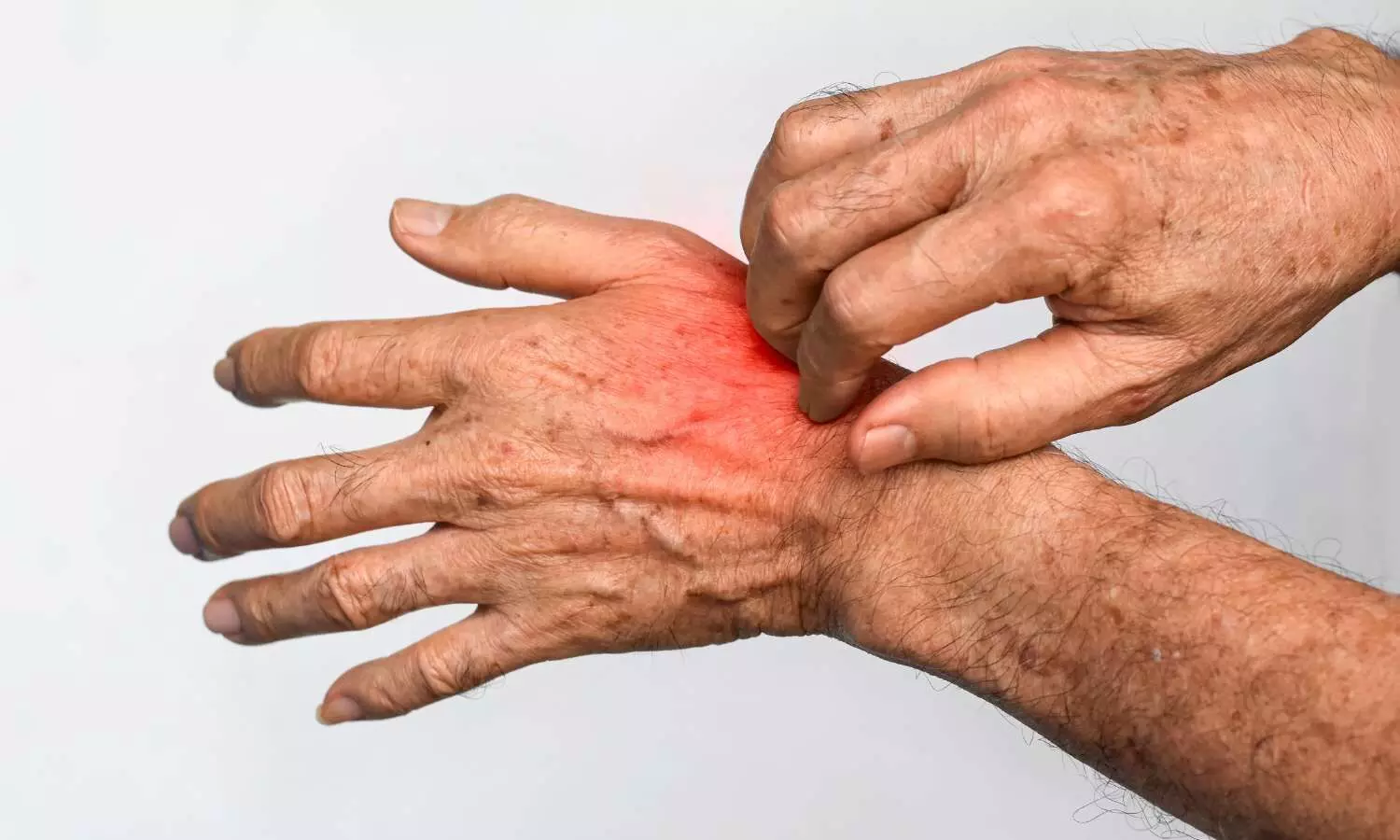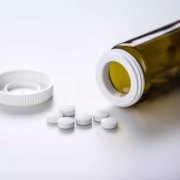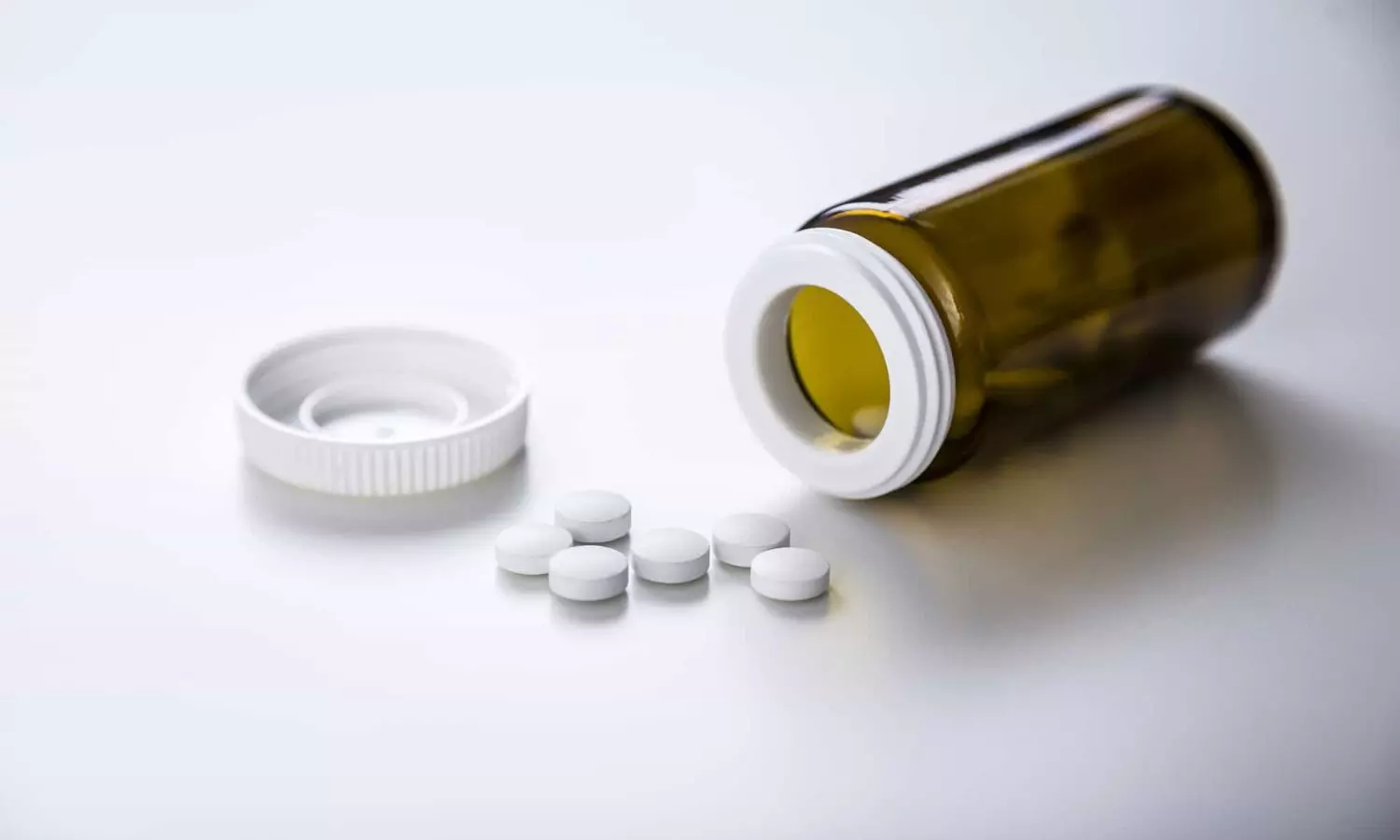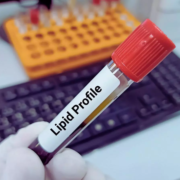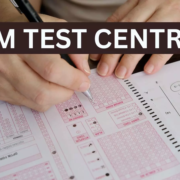Colchicine May Raise Stroke Risk in Elderly Patients With Intracranial Artery Stenosis: CHANCE-3 Trial

China: A new subgroup analysis from the CHANCE-3 randomized clinical trial suggests that the anti-inflammatory drug colchicine may have varying effects on the risk of recurrent stroke depending on the presence of symptomatic intracranial atherosclerotic stenosis (sICAS) and the patient’s age. The findings, published in eClinicalMedicine, raise important considerations for personalized stroke prevention strategies, especially in older adults.
The study, led by Dr. Jiejie Li and colleagues from Beijing Tiantan Hospital and Capital Medical University, evaluated data from 7,567 patients who had experienced an ischemic stroke or transient ischemic attack. All participants underwent intracranial artery assessment at baseline and were randomly assigned to receive colchicine or a placebo for 90 days. The primary goal was to assess the risk of recurrent stroke during this period.
The following were the key findings of the study:
- Among patients with symptomatic intracranial atherosclerotic stenosis (sICAS), 10.5% of those on colchicine had a recurrent stroke compared to 8.5% in the placebo group, with an adjusted hazard ratio (HR) of 1.30, indicating a statistically significant increased risk.
- In patients without sICAS, the recurrence rate was 4.2% in the colchicine group and 5.2% in the placebo group, with an adjusted HR of 0.80, suggesting no significant benefit.
- These findings indicate that the effectiveness of colchicine may vary based on the presence or absence of intracranial artery stenosis.
- In patients aged 65 and older with sICAS, colchicine was associated with a significantly higher risk of recurrent stroke (adjusted HR 1.58).
- Serious adverse events did not differ notably between treatment groups, suggesting colchicine was generally well-tolerated.
- Gastrointestinal side effects, particularly diarrhea, were more common in patients receiving colchicine, affecting 1.8% of them compared to 0.5%–0.8% in the placebo group, regardless of sICAS status.
The authors acknowledged certain limitations, including the exclusion of roughly 10% of participants due to unavailable imaging data and the concentration of the study within a Chinese population, which may limit generalizability. Additionally, because the analysis was a predefined subgroup study, the results should be interpreted with caution and confirmed by further research.
The authors note, “Despite these limitations, the findings highlight the importance of tailoring stroke prevention strategies. Colchicine may offer benefits to patients without intracranial stenosis, but its use in older adults with sICAS warrants careful consideration.”
They concluded, “Future international trials are needed to explore these interactions further and to inform clinical decision-making in diverse populations.”
Reference:
Li J, Jing J, Meng X, Shi FD, Gu HQ, Jin A, Jiang Y, Li H, Johnston SC, Hankey GJ, Easton JD, Xie X, Jin WN, Chang L, Shi P, Wang L, Zhuang X, Li H, Zang Y, Zhang J, Sun Z, Liu D, Li Y, Yang H, Zhao J, Yu W, Wang A, Pan Y, Lin J, Li S, Niu S, Wang Y, Zhao X, Li Z, Liu L, Zheng H, Wang Y; CHANCE-3 Investigators. Colchicine for preventing stroke in patients with and without intracranial atherosclerotic stenosis: a prespecified analysis of a randomized clinical trial. EClinicalMedicine. 2025 May 19;84:103226. Doi: 10.1016/j.eclinm.2025.103226. PMID: 40496882; PMCID: PMC12149651.
Powered by WPeMatico



